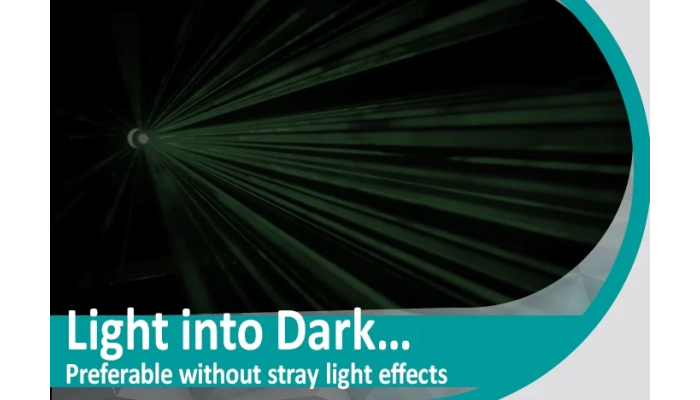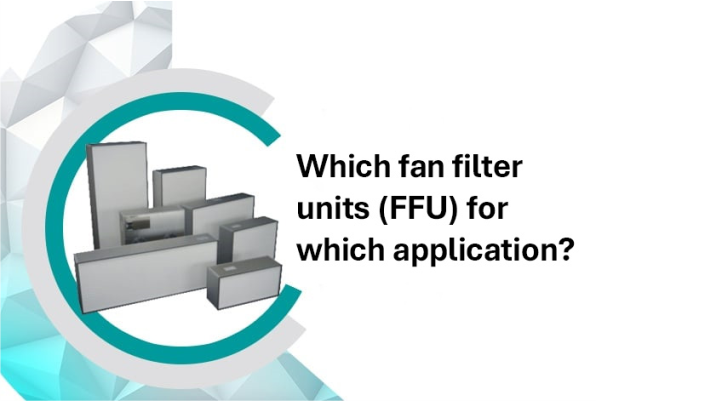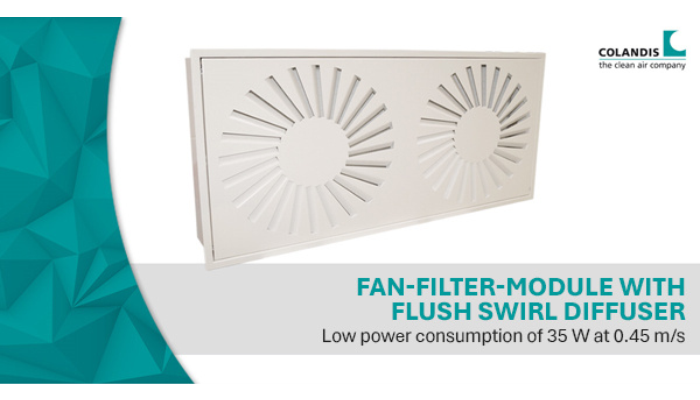Fan-filter-module (FFU) with black filters
‘’Black labour‘’ – at first it sounds like tax evasion and informal work. But it is essential for your business. Of course, we mean measuring tasks...
Fan-Filter-Modules are required for cleanrooms to realise a high volume flow rate for an equally high air exchange rate. But what if you want to keep small and very small volumes clean or pure? Then you need special solutions such as the Mini-Fan-Filter-Modules from COLANDIS with a size of 310 x 145 x 75 mm³ and a volume flow rate of 37 m³/h.
An optional built-in battery pack ensures operation up to 30 minutes. The whole thing is operated via a plug-in power supply unit.

If a clean environment is required in a box for the transport of optics or sensors rather than a complete cleanroom, for example, the normal Fan-Filter-Modules (FFU) on the market will not be able to fulfil this requirement. Volume flows of < 100 m³/h cannot be realised with them and the size of these modules (600 x 600 x 400 mm³) exceeds the available space.
These Mini-Modules are used in display cases in museums, archives, transport boxes, switch cabinets and drying cabinets as well as in electronic housings in cleanrooms. Just to name a few possibilities.
A HEPA filter reliably retains dust, bacteria, viruses, spores and other particulate impurities in the air. Another variant of the filter used filters molecular impurities such as hydrocarbons, acidic and alkaline compounds from the air.
In order to select the right filter, we need to know which substances are to be filtered out of the air. Contact us and we will help you find the right solution.

‘’Black labour‘’ – at first it sounds like tax evasion and informal work. But it is essential for your business. Of course, we mean measuring tasks...

Fan-filter-Modules and clean air modules are used to supply clean air. This can be a large cleanroom, a minienvironment, a workplace or a clean/...

While some suppliers specify their modules with a ‘very low’ power consumption of 300 W at 0.45 m/s or do not even mention the electrical power...